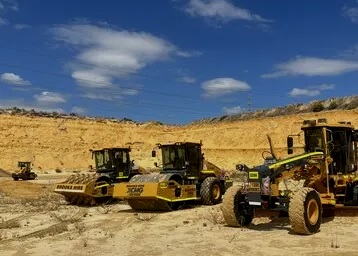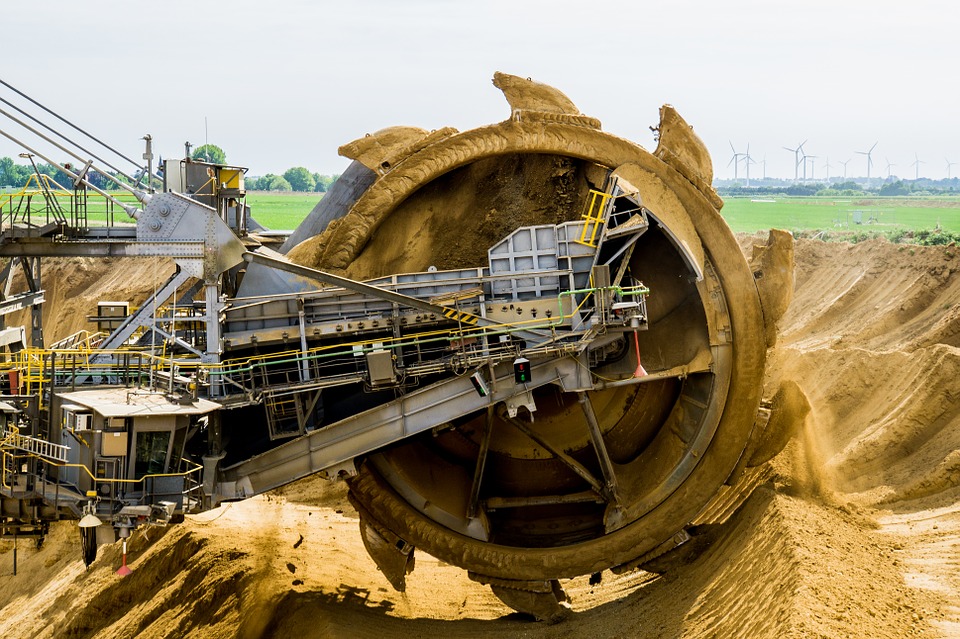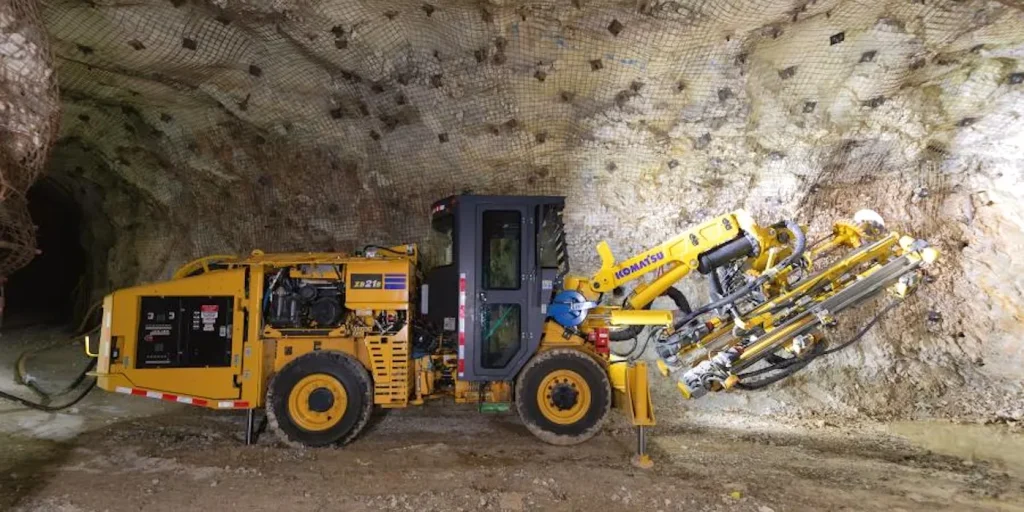DUBLIN, January 15, 2025 – The global heavy construction equipment market is on a strong growth trajectory, with new research projecting it will climb from US$208.5 billion in 2023 to US$314.4 billion by 2030. This represents a solid 6.0% CAGR over the forecast period, according to the latest strategic business report from ResearchAndMarkets.com.

Earthmoving Equipment Holds the Crown
Among all segments, earthmoving equipment—including excavators, bulldozers, and loaders—continues to dominate. Widely used in construction and mining, this category is projected to remain the market leader through 2030. The excavation and demolition segment alone is forecast to reach US$97.8 billion, growing at an impressive 7.7% CAGR. Meanwhile, the heavy lifting segment is also gaining momentum, with a 6.1% CAGR expected over the same period.
Smart Cities and Sustainability Fuel Demand
The surge in demand for advanced construction equipment is tied closely to the global push for smart cities and sustainable infrastructure. Governments across the world are investing in future-ready urban centers, driving the need for more efficient, automated, and eco-friendly machinery.
Emerging economies are especially active, with urbanization spurring massive residential and commercial construction projects. To meet tight deadlines and reduce labor costs, construction firms are increasingly adopting automated machinery and advanced technologies like GPS, AI, and telematics.
Regional Growth Highlights: China, U.S., and Beyond
- The U.S. market, valued at $54.7 billion in 2023, remains a key player in the global construction equipment space.
- China is expected to outpace all other regions, growing at a remarkable 9.2% CAGR, and reaching $72.4 billion by 2030.
- Other strong performers include Japan, Canada, Germany, and countries across the Asia-Pacific, all experiencing steady market expansion.
What’s Driving This Growth?
Several core factors are shaping the global construction equipment market:
- Massive infrastructure investments, including transportation, smart grids, and green energy.
- Technological upgrades in construction equipment, such as real-time data tracking, predictive maintenance, and semi-autonomous controls.
- Environmental regulations that are encouraging the shift toward electric and hybrid machines.
- The rise of mining and energy projects in resource-rich countries, boosting demand for specialized equipment.
Transformative Technology Trends
The industry is in the midst of a tech revolution. Machines today are smarter, cleaner, and more connected than ever before. Key innovations include:
- AI-powered autonomous equipment that can operate with minimal human intervention—ideal for areas with skilled labor shortages.
- Electric and hybrid heavy machinery, which help cut emissions and align with global environmental goals.
- Fleet management systems and telematics, enabling real-time monitoring of equipment use, maintenance schedules, and performance.
- Drone usage and 3D printing, which are enhancing precision and planning in construction workflows.
Industry Applications and End Users
Heavy equipment is the backbone of large-scale infrastructure projects—roads, airports, bridges, dams, and skyscrapers. Its applications stretch across:
- Construction
- Mining
- Oil and gas
- Industrial infrastructure
The primary end-users include construction companies, mining operations, and government agencies focused on development and urban planning. Among these, construction companies lead the pack, especially in regions undergoing rapid industrialization and population growth.
A Competitive Global Landscape
The report also features detailed profiles of major industry players such as:
- Caterpillar Inc.
- AB Volvo
- CNH Industrial N.V.
- Komatsu Ltd.
- And many others leading the global charge in heavy equipment manufacturing.
These companies are doubling down on innovation, electrification, and AI-driven automation to meet changing demands and stay ahead in a fiercely competitive market.
In Summary:
The heavy construction equipment industry is at a pivotal moment. As the world builds smarter cities and focuses on greener infrastructure, demand for technologically advanced machinery will only continue to grow. With powerful market drivers and regional hotspots like China and the U.S. leading the way, this is an industry on the rise—and it’s not slowing down anytime soon.


